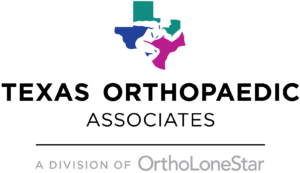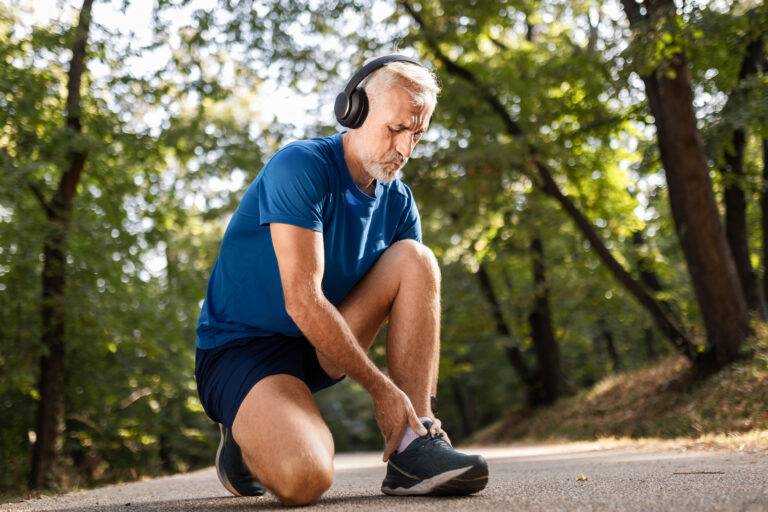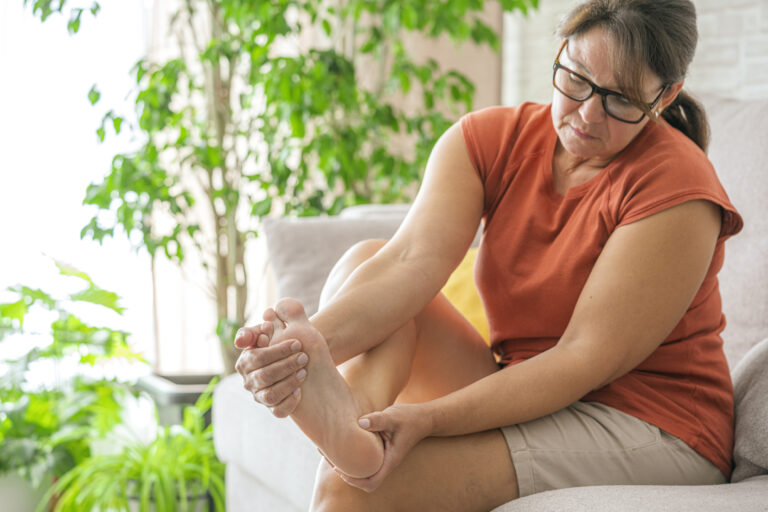Running is one of the best ways to stay fit and keep your weight in check, but it isn’t without a few hazards. If you’d like to add running to your exercise regimen, our goal is to help you prevent stress (or any other) injuries so that you can reap the benefits.
At Texas Orthopaedic Associates, our team of musculoskeletal specialists understands the mechanics of the human body, and we like to partner with our athletic clients for great health. To that end, our own Dr. Christopher Sakowski put together a small video that covers a few sound tips for beginning a running regimen, and we expand upon those here.
Know your numbers
Whether you’re new to running or you’ve taken some time off from the activity, it’s important that you do a little due diligence before you get started. What we mean by this is that you should have your primary care provider run some simple blood tests to check for three things:
- Your calcium levels
- Your vitamin D levels
- Any metabolic abnormalities that may influence your bone or tissue health
Calcium and vitamin D both play crucial roles in your bone strength and any deficiency can lead to stress fractures. When it comes to vitamin D, the deficiency may stem from not getting enough sun, which can often happen after spending more hours inside during the winter months.
Women, especially, need to be mindful of their bone health as they enter their 40s and beyond and should ensure that their calcium and vitamin D levels are up to the rigors of running.
Getting started
Once you’re sure that your body has the tools it needs to support running, it’s time to get started. Though we know that your goal is to hit the ground running, we urge you to ease in slowly so that your body can make the necessary adjustments in its support systems.
Consider for a moment the already enormous burden your feet and ankles are under during the course of a normal day as they provide support, mobility, and balance for your entire body. From the moment you get out of bed in the morning until you lie back down at night, your feet, quite literally, carry you through life.
So when you add running to your daily regimen, you’re asking an awful lot of these already beleaguered areas. Do them a kindness, and start out small — both in distance and in speed. By introducing your feet and ankles gradually to running, you can beef up the muscles for support, and let your body know to send in additional resources to ensure the strength of your soft and hard tissues. As your body responds to this graduated exercise regimen, you can slowly increase your speed and distance.
If you dive headlong into running, you can develop stress fractures that will derail your good exercise intentions rather quickly. As well, if you place too much stress on the joints in your feet and ankles, you’re setting the perfect stage for arthritis down the road.
Stretch it out
Another tip we’d like to offer is the importance of stretching before you head out for a run. If you throw on your shoes and pound the pavement without first warming up the soft connective tissues in your feet and ankles, you run the risk of stressing tissue that’s too tight. Although lack of stretching is detrimental, so, too, is improper stretching.
Through our Perform Well program, we’re happy to show you some exercises that greatly benefit your feet and ankles before you take them for a spin.
If the shoe fits
Our final tip involves finding the right gear for your running and making sure it fits properly. If you’re serious about running, go to a specialty running store, and spend some time trying on different shoes that are designed specifically to support running.
Be sure to bring the socks you would normally wear for running, and spend some time in a few different running shoes to find one that fits snugly and provides support where you need it.
If you would like some added support, you can talk to us about setting you up with custom orthotics.
If you’d like additional information about safely taking up a running regimen, please contact one of our four offices in Dallas and Plano, Texas.












